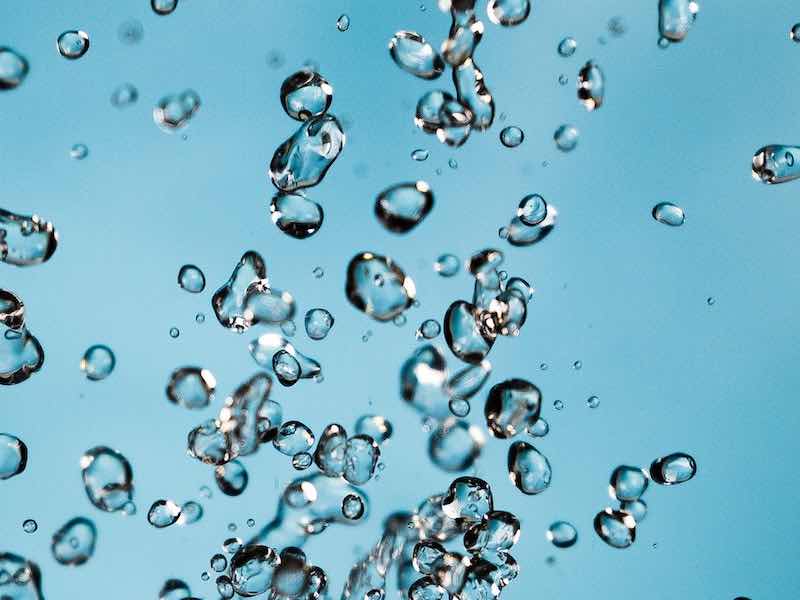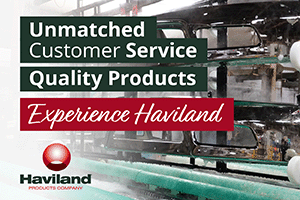Recently, a record-breaking number of Canadian wildfires alarmingly impacted air quality in New York City and even cast a thick layer of smoke over several northern states.
 Ryan MajauskasAwakening a more pressing need to mitigate environmental hazards has been the only positive aftereffect of this tragedy.
Ryan MajauskasAwakening a more pressing need to mitigate environmental hazards has been the only positive aftereffect of this tragedy.
Finishing and coating companies are among those whose operations can pose significant environmental risks, including pollution and the release of hazardous substances like PFAS (per- and polyfluoroalkyl substances). Understanding these dangers and then strategically working to minimize them isn’t only good for the planet—it’s good for the bottom line, too.
Pollution Risks in Finishing and Coating Processes
Finishing and coating operations involve the use of various chemicals, such as solvents, paints, and coatings. Inadequate containment measures, improper disposal, or accidental spills can lead to the release of these chemicals into the environment, contaminating soil, water bodies, and groundwater. Air pollution is also a concern; volatile organic compounds emitted during the application process can contribute to air pollution. These emissions can have detrimental effects on air quality and contribute to the formation of ground-level ozone and smog, leading to respiratory issues and environmental damage.
PFAS have been extensively used in certain coatings due to their desirable properties, such as water and oil repellency. However, the persistent nature of PFAS poses significant risks. Improper handling, disposal, or accidental releases can lead to PFAS contamination in soil, surface water, and groundwater, threatening ecosystems and potentially impacting human health.
Recent Environmental Incidents and EPA Actions
The EPA and other regulatory and government agencies are conducting investigations and overseeing cleanup efforts to mitigate the impact of PFAS. In June 2023, manufacturer 3M agreed to pay a whopping $10.3 billion settlement to multiple towns and cities across the U.S. for contaminating drinking water with PFAS.
The EPA continues to actively address pollution risks and events related to PFAS. The agency has taken enforcement actions against companies for violations related to chemical releases, improper waste disposal, and non-compliance with environmental regulations. These actions underscore the EPA’s commitment to ensuring environmental compliance and protecting ecosystems and communities.
EPA’s Efforts To Address Pollution
- Regulatory Compliance: The EPA enforces environmental regulations and standards to minimize pollution risks. This includes monitoring and limiting the discharge of pollutants, implementing pollution prevention measures, and promoting the use of eco-friendly coatings and finishes.
- Pollution Prevention and Best Practices: Guidelines are being developed to help companies adopt sustainable and responsible practices. These resources assist in minimizing pollution risks, improving waste management, and promoting the use of less hazardous alternatives to protect the environment.
- Risk Assessment and Research: These studies are ongoing, helping us understand the environmental impacts of pollutants and PFAS. This knowledge informs regulatory decisions and helps develop targeted strategies for pollution prevention and mitigation, including pollution liability/environmental risk insurance policies.
Pollution and the Insurance Industry
Pollution liability insurance is a type of insurance designed to protect companies and individuals from financial losses associated with pollution-related incidents. It may be shocking to learn that fewer than 20% of insurance buyers purchase these specialized environmental risk policies. This is significant because the frequency and severity of environmental claims continue to grow.
Many finishing and coating operations incorrectly believe that a General Liability and/or Property policy will protect them against environmental liabilities, but these policies usually include restrictive pollution exclusions. This leaves many uninformed policyholders exposed to potentially expensive risks. Unless a policy specifically addresses losses caused by pollutants, it will not extend protection to these common results of an unexpected release of pollutants:

Finishing and coating companies carry environmental risks because they generate pollution, including potential contamination caused by PFAS. Recent incidents serve as reminders of the importance of responsible practices and compliance with environmental regulations. The EPA’s proactive enforcement actions and initiatives focus on pollution prevention, research, and risk assessment.
It’s up to those in the industry to be equally proactive. Prioritize sustainable practices, minimize pollution, adopt safer alternatives, and safeguard your company with a pollution liability policy to protect the environment and your business.
Ryan Majauskas is Risk Advisor for Property and Casualty at Oswald Companies. Visit https://www.oswaldcompanies.com



































